Bonab and Marand saffron production hubs in northwestern Iran
Professor of Medicinal Plants of Tabriz University regarding saffron cultivation in northwestern Iran said: Bonab and Tabriz are among the major saffron producing areas in this region.
Saeedeh Alizadeh Saleteh stated: Due to the fact that the harvested product is traditionally dried in Bonab and Marand and there is no possibility of mechanized packaging in these areas, the whole product is sold in one place and packaged in the name of Khorasan saffron. It is used internally and even externally.
He added: Saffron is a perennial plant that can be harvested for 7 or 8 years with one planting, and considering that only saffron stigma is edible and this is the only commercial part, so the yield of the product It is also affected by this and for example, from one hectare of saffron land, four or five kilograms of commercial product is obtained and this is the main reason for the high price of saffron.
Referring to the sterility of saffron seeds, he said: The only way to propagate saffron is vegetative propagation, and this is also possible by propagating or using onions, and the stems should be planted in September and finally flower in November.
Alizadeh added: The short flowering period and low water requirement as well as the approximate resistance to drought and cold have caused the local farmers of this region to pay attention to the saffron crop, so that this crop has leaves in winter and it should be mentioned that first saffron flowers and then Its leaves appear.
Fertile and light soil are necessary to facilitate germination and sufficient livestock manure for the proper growth of this crop, he said.
He pointed out: Saffron is cultivated by two conventional methods, bunch and row. In the first method, we put three to five onions upwards and at a distance of 20 cm in the hole that was dug, and the second method is suitable for mechanized cultivation.
Referring to the therapeutic and herbal properties of this product, the university professor said: Saffron as a strong and effective anti-depressant product has a significant role in eliminating various types of depression and diseases and is also used as a spice in most countries.
He reminded: Excessive consumption of saffron during pregnancy is not recommended because the presence of some compounds in it can cause miscarriage and similar consequences.
Comparing saffron grown in Khorasan and northwest, he said: In most cases, the quality of saffron grown in Bonab and Marand is superior to Khorasan saffron and the only difference is the cultivation conditions of northwest and Khorasan saffron in planting depth, which in Bonab and Marand with a difference of five Cm and planting is done at a depth of 20 cm.
Regarding the taste and aroma of saffron, Alizadeh said: The presence of crocin combination causes the color of saffron and the combination of safranal and picrocrocin create a special aroma and taste of saffron.
He added: By studying other vegetative parts of saffron, such as flag, female and cream, we have realized that other parts, in addition to saffron stigmas, have antioxidant properties and these parts can also be used in making medicine and cosmetics, as well as dyeing. win.
He noted: Recent research has also proven the effective role of saffron in the prevention of cancer, and this experiment has also had a positive and effective role on laboratory organisms.
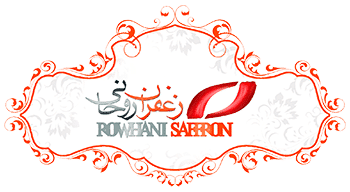

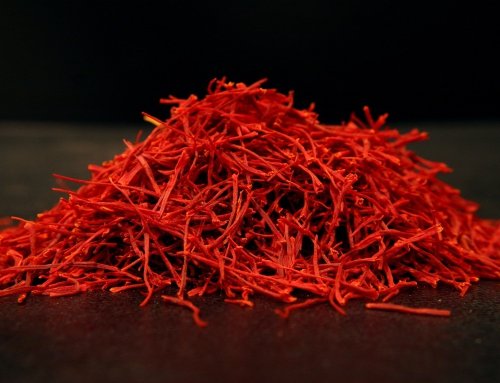
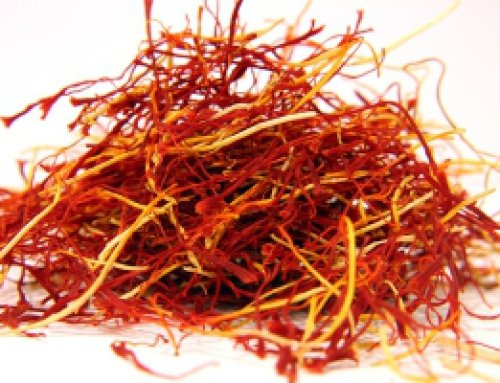
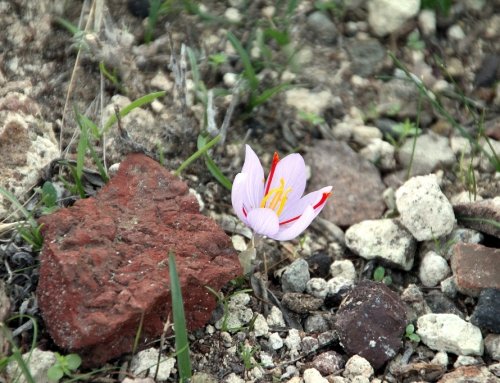
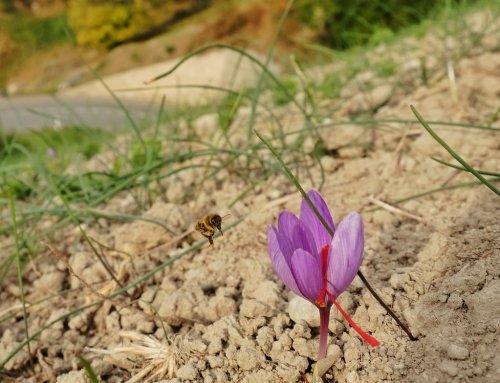

Get Social